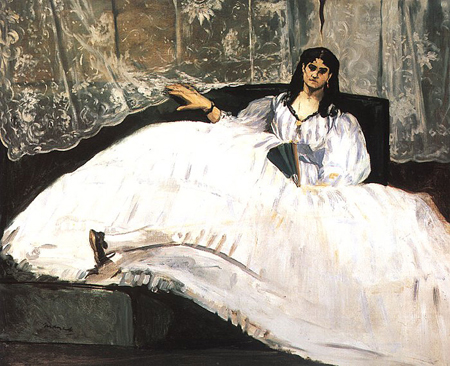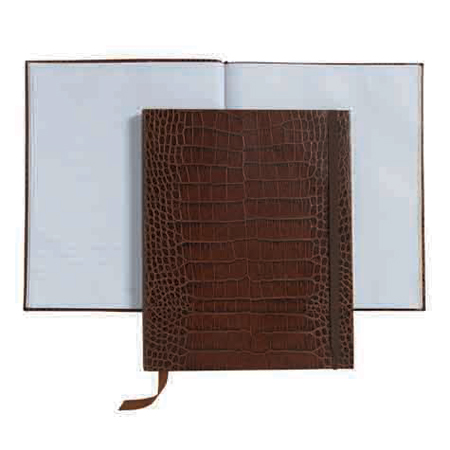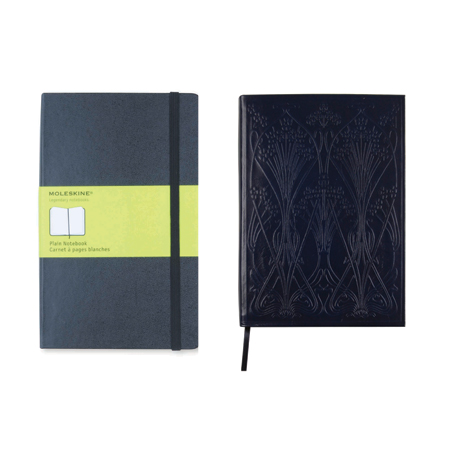“Whether you come from heaven or hell, what does it matter, O, Beauty!” The poet’s Moleskin presumably saw more action than just blank verse…
The caustic poetry of dissolute wordsmith Charles Baudelaire marked a departure from the literary fancy of Keats in that it argued for seeking beauty in supposed ugliness, suggesting that experiences of exquisite transcendence could be found just as easily in the cellar of an urban brothel as in a bower of sun-kissed summer flowers.
However, despite writing chiefly about the myriad pleasures of “courtesans and pimps”, it could be argued that the Frenchman suffered a very similar romantic affliction to his beauty-obsessed predecessor (and he certainly suffered similar bouts of ill-health, although his problems were largely self-inflicted). For the last 20 years of his life Baudelaire’s chief inspiration came from his enduring love for the singular captor of his heart, Jeanne Duval – a syphilis-ridden Creole prostitute who was less his “Bright Star” than she was his “Black Venus” (immortalised in the painting ‘Baudelaire’s Mistress Reclining’ by Édouard Manet, pictured right).
The poet’s well-documented obsession with his muse was captured for eternity during the year 1855, while he was hotel-hopping across France in the hope of outrunning his many accrued debts. It is widely thought that he penned the celebrated poem “Le Balcon” about the time he had spent with Duval during that year at the hotel Lauzun on the Ile St. Louis, and it is arguably the least misanthropic in the scribe’s famous collection Les Fleurs Du Mal, wistfully describing the memory of his loved one’s languid beauty and gentle heart:
“Mother of memories, mistress of mistresses
O you, all my pleasure, O you, all my duty!
You’ll remember the sweetness of our caresses
The peace of the fireside, the charm of the evenings
Mother of memories, mistress of mistresses!”
In all translations of this work, his love and adoration for Duval are as clear as the glint on Keats’s almandine engagement ring, and they are further mirrored in “Parfum Exotique” (a musing that may well have inspired contemporary perfumers Byblos to name a scent after him).
“When, with both my eyes closed, on a hot autumn night,
I inhale the fragrance of your warm breast
I see happy shores spread out before me
On which shines a dazzling and monotonous sun.”
Presumably, Baudelaire mused words such as these while the object of his desire slept and his eye meandered from the balcony over Paris, scrawling them down in his tattered, dog-eared moleskin notebook, an item that was never too far from his side.
The moleskin is of course the classic companion of the writer and artist, favoured by the likes of Oscar Wilde and Matisse, and it is particularly fitting that Baudelaire would have penned his musings upon beauty and the nature of love for among its pages, as its origins are as quintessentially French as his own. In its original form the Moleskin hails from a small Parisian bookbinders… no doubt located nearby to one of Baudelaire’s favourite brothels.






